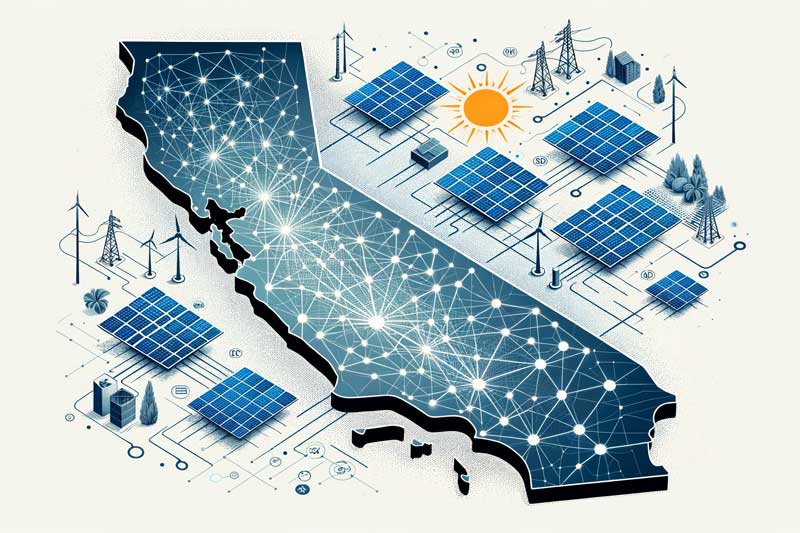A major battle is underway in California in regard to how the state handles community solar regulation and its credits.
The fight began over the Net Value Billing Tariff (NVBT), which is a proposed payment structure for community solar. Its proponents say the NVBT would help make community solar economical and effective in the state.
“On community solar, it’s everyone versus the utilities,” Brandon Smithwood, senior director of policy at community solar developer Dimension Renewable Energy, told Canary Media.
If the California Public Utilities Commission (CPUC) approves the NVBT, “California can go from practically no community solar to leading the nation in a few years,” said Derek Chernow, Western U.S. regional director for the Coalition for Community Solar Access, a trade group.
Currently, community solar exists in 43 states and Washington, D.C. Nearly 75% of the market is concentrated in four states: Florida (1,636 MW-AC), New York (1,166 MW-AC), Minnesota (875 MW-AC), and Massachusetts (858 MW-AC), according to the Department of Energy (DOE).

Why is there pushback to community solar in California?
The arguments against NVBT come from California’s three big investor-owned utilities. Their issues range from claims that the program would unfairly burden the majority of utility customers to theories that the structures for connecting community solar projects to the grid and crediting them for the energy they produce may break federal law.
Why does community solar matter in California?
California already boasts some of the most significant utility-scale solar energy projects, paired with 1.5 million homes in the state with solar panels installed on the roof.
Expanding the community solar program would extend the benefits of the renewable energy source to Californians who can’t install solar panels on the roofs of their homes. This would give apartment dwellers, those in shared-living spaces, or those who can’t afford the upfront cost of panels on their roofs access to cheaper and cleaner energy.
If the CPUC officially adopts the NVBT, it can open the potential money-saving benefits of solar to lower-income households and disadvantaged communities. The average community solar subscriber should save between 5 and 10% on their monthly utility bill.
AB 2316 requires that low- and moderate-income households make up at least 51% of a community solar project’s subscribers. The coalition behind the NVBT has pledged to structure payments to lower the cost of utility bills for its low- and moderate-income household subscribers.
Why should utilities use community solar?
One of the main reasons utility companies should allow community solar subscriptions is that it connects the aging grid to a clean renewable energy source. Typically, a developer builds and runs the community solar project and connects itself to the grid.
As utility bills continue to increase, nearly 1 in 4 Americans failed to pay their bill on time last winter. By utilizing community solar, the cost of the consumer’s bill will decrease, making it more likely they’d pay the bill on time.
According to the DOE, about 76% of projects yield a positive NPV, meaning most projects result in positive net benefits to the customers over the course of the subscription.
- 87% of Utilities Have Experienced at Least One Data Breach in Last Three Years - February 5, 2024
- Can Drones Lower Your Next Utility Bill? - January 10, 2024
- Onshore Wind Farms Are The Next Big Thing In Renewable Energy - December 6, 2023




